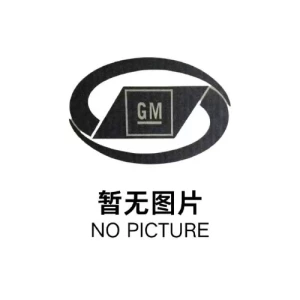Solar Charge Controller: Essential Guide for Buyers in 2025
As solar energy systems become more popular worldwide, the demand for reliable solar charge controllers continues to grow. These critical components protect your batteries and optimize energy harvesting from photovoltaic panels. For buyers looking to source quality controllers from China in 2025, understanding the market landscape and product specifications is essential.
How to Find Reliable Solar Charge Controller from China in 2025
The Chinese solar industry has matured significantly, offering both budget-friendly and premium options. When searching for suppliers:
- Look for manufacturers with at least 5 years of industry experience
- Verify certifications like CE, RoHS, and ISO 9001
- Check customer reviews on platforms like Alibaba
- Request sample units for performance testing
- Confirm after-sales support and warranty terms
Top production hubs include Shenzhen, Zhejiang, and Jiangsu provinces, where many established electronics manufacturers operate.
What Buyers Should Know Before Buying Solar Charge Controller from China
Key considerations include:
- Minimum order quantities (typically 50-100 units)
- Lead times (usually 15-30 days for standard models)
- Customization options for voltage/current specifications
- Shipping costs and import duties
- Payment terms (30% deposit is common)
Always request detailed product specifications rather than relying solely on catalog descriptions.
Types of Solar Charge Controller
Three main technologies dominate the market:
PWM (Pulse Width Modulation)
Budget-friendly option suitable for small systems (under 200W). Simple design but less efficient than MPPT.
MPPT (Maximum Power Point Tracking)
Higher efficiency (up to 30% more than PWM), ideal for larger systems and cloudy conditions. More expensive but better long-term value.
Hybrid Controllers
Combine solar with other power sources like wind or grid-tie systems. Used in complex renewable energy setups.
Functions and features of Solar Charge Controller
Modern controllers offer:
- Overcharge/over-discharge protection
- Temperature compensation
- LCD displays for monitoring
- Bluetooth/WiFi connectivity
- Load control timers
- Data logging capabilities
Advanced models may include arc fault detection and remote monitoring through mobile apps.
Scenarios of Solar Charge Controller
These devices serve diverse applications:
Residential Solar Systems
Protect home battery banks in off-grid and hybrid installations.
Commercial Installations
Manage large solar arrays for businesses and industrial facilities.
RV/Marine Applications
Compact controllers for mobile solar setups in vehicles and boats.
Telecommunication Towers
Reliable controllers for remote power systems with critical uptime requirements.
How to Choose Solar Charge Controller
Follow this selection process:
- Calculate your system voltage (12V, 24V, or 48V)
- Determine maximum solar array current
- Consider environmental conditions (temperature range)
- Evaluate needed features (monitoring, connectivity)
- Compare efficiency ratings
- Check compatibility with your battery type
For most residential systems, a 30A MPPT controller offers the best balance of performance and value.
Solar Charge Controller Q & A
Q: What's the difference between 10A and 20A controllers?
A: The amperage rating indicates how much current the controller can handle. A 20A model supports larger solar arrays than a 10A unit.
Q: Can I connect multiple controllers to one battery bank?
A: Yes, but they must be properly coordinated to prevent interference. Some manufacturers offer parallel-ready models.
Q: How long do solar charge controllers typically last?
A: Quality units last 7-10 years with proper maintenance. Look for models with robust heat dissipation.
Q: Do I need a separate controller for each solar panel?
A: No, controllers manage entire arrays. The number depends on total wattage and wiring configuration.
Q: What maintenance do controllers require?
A: Minimal - just keep them clean, dry, and check connections periodically. Some models may need firmware updates.






















